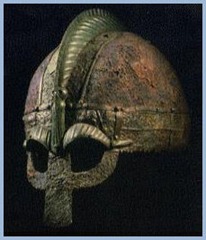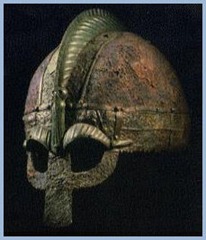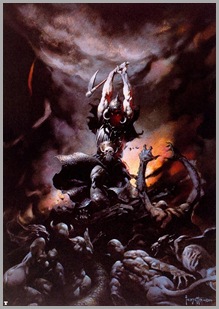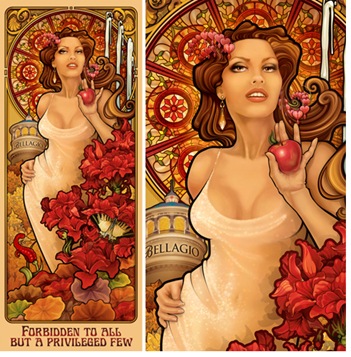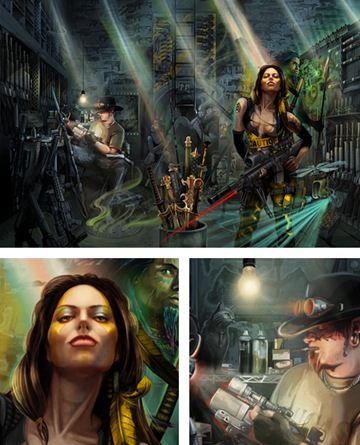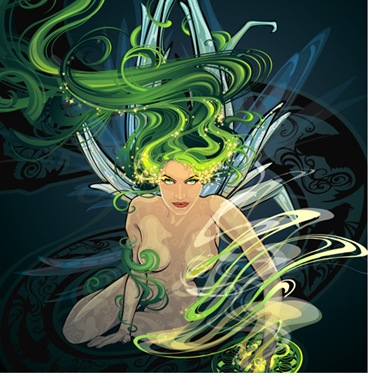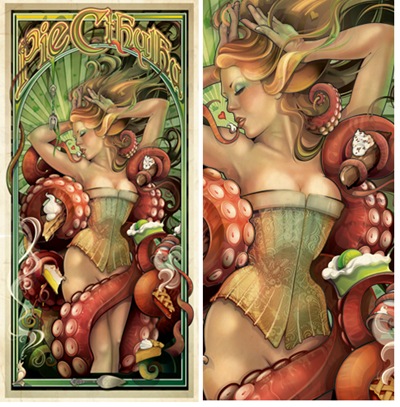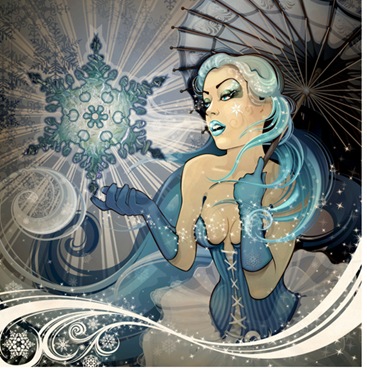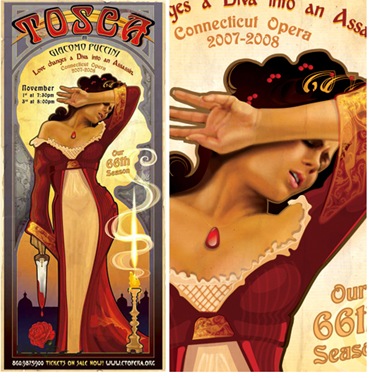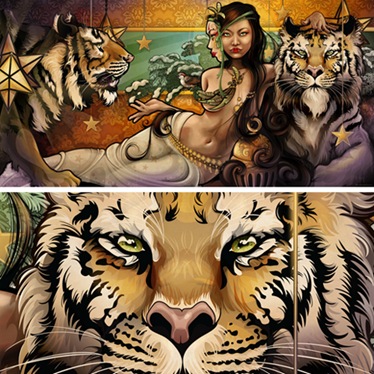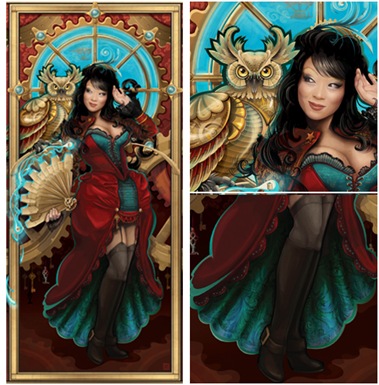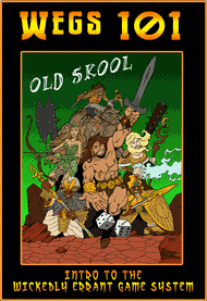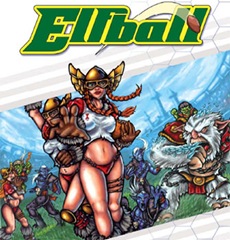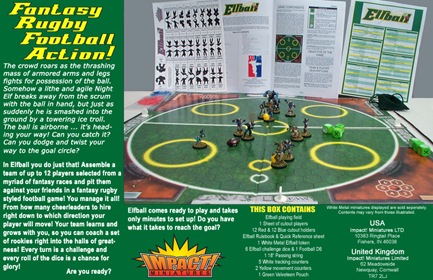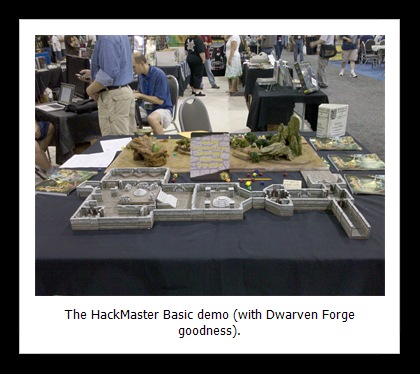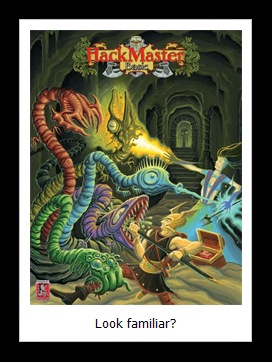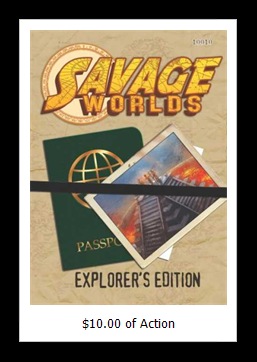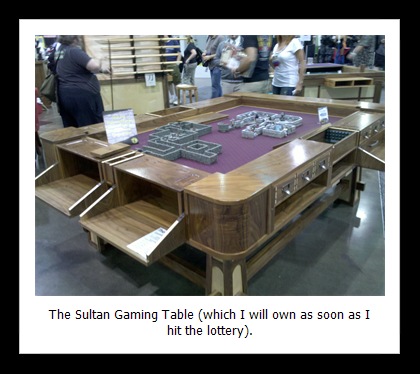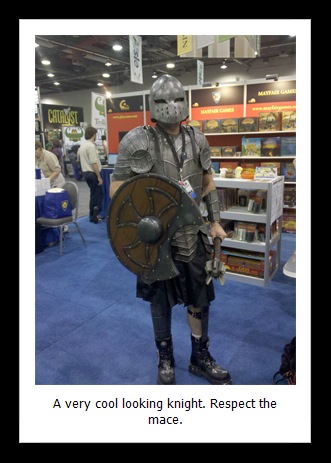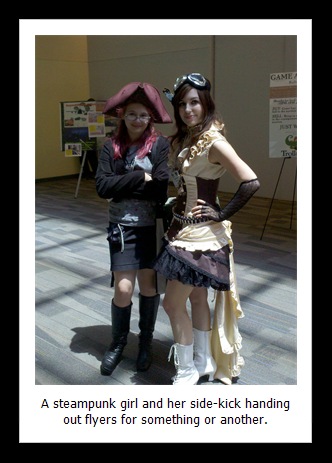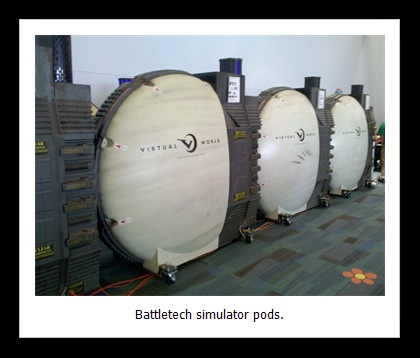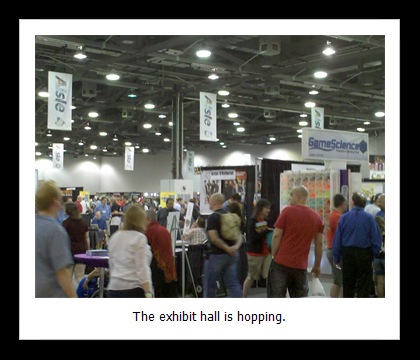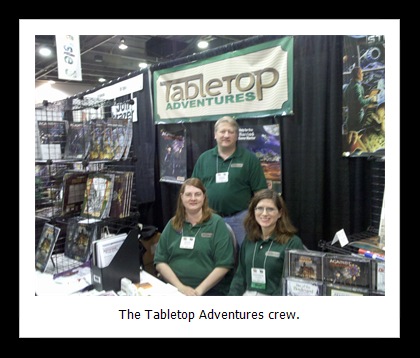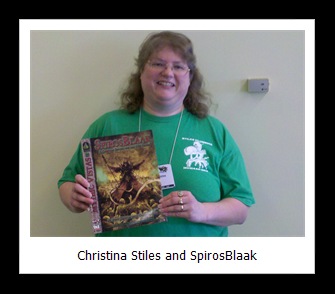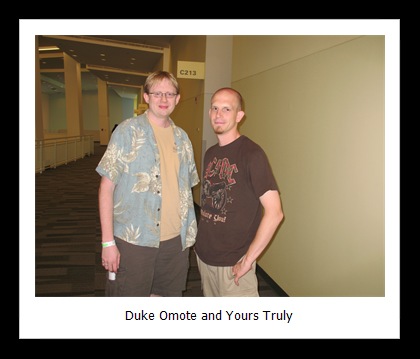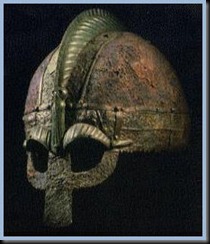
Here are the setting-specific rules I provided to the players. This is kind of a hodge-podge listing and isn’t in any particular order. I’ve added a few editorial comments about things that did or did not work well.
General Overview
- The general feel of the setting is Nordic mixed with the works of Robert E. Howard, Fritz Lieber and H.P. Lovecraft.
- The Norse Pantheon now rules the world of Garhelm. However, there are those who still worship the Dark Ones, the Demon and Devil Lords of the prior age. They see the Gods of Asgard as unwelcome usurpers. Although few in number, there are those who practice the ancient rites of the Elder Gods.
Divine Magic
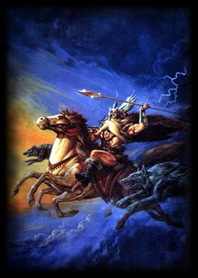
- Like the majority of humanity, most clerics worship the entire Norse pantheon, rather than a select deity. However, some priests do worship particular deities, with Thor, Odin and Freya being the most common. Those few who worship the Demons and Devils still find their unholy prayers answered. As for the Elder Gods, they have all but left Garhelm. Only a few dedicated soles seek to return them to their former glory. [I used the 3rd edition Deities & Demigods for the Norse deities. If a character wanted to worship the entire pantheon, he’d just use the default cleric rules. As needed, I would also supplement this with Necromancer Games’ free Gods & Demons document, but that really would have only come into play with evil PCs or PCs wishing to worship an Elder God.].
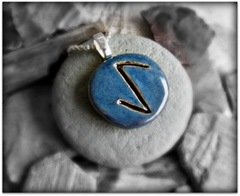 Arcane Magic
Arcane Magic- Wizards and Sorcerers exist, but are not common and there are no large academies of magic.
- All arcane magic is based on runes, thus all magic items have runes etched on them. In the case of potions, the containers must have these runes to retain the potion’s magic. Note: not everything with a rune etching on it is magic. [The whole “rune magic” concept was really done more for flavor than anything.]
- All standard player races exist, but demi-humans are rare. Only two allowed per party. However, Orc is considered a playable race. As a general rule, humans and demi-humans are distrustful of one another. Demi-humans blame the humans for the Age of Pains and humans resent that the demi-humans, for the most part, have isolated themselves from the outside world.
- Unlike on most prime material planes, the Orcs of Garhelm are not inherently evil.
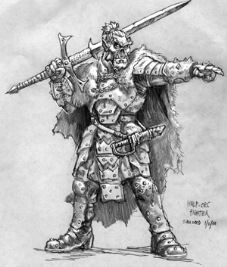 Indeed, Orcs, more than any other demi-human race, aided the humans in the battles of the Age of Pains. [I started to find it odd that half-orcs were in the Player’s Handbook, but not full-blooded orcs. On a side-note, I think Wizards of the Coast would have solved the “half-orc dilemma" a lot more eloquently by simply bringing full-blooded orcs into the Player’s Handbook and not making them inherently evil.]
Indeed, Orcs, more than any other demi-human race, aided the humans in the battles of the Age of Pains. [I started to find it odd that half-orcs were in the Player’s Handbook, but not full-blooded orcs. On a side-note, I think Wizards of the Coast would have solved the “half-orc dilemma" a lot more eloquently by simply bringing full-blooded orcs into the Player’s Handbook and not making them inherently evil.] - Halflings are “Furchins” (Nordic Halflings) and are known for their fierce riding dogs. Many are masters of mounted archery. [I stole that concept from the 2nd Edition The Complete Book of Gnomes & Halflings.]
- Dwarves and Gnomes are standard D&D fare.
- Elves are standard D&D fare, but lean more toward sorcery than wizardry. As such, they receive no experience penalty when multi-classing in Sorcerer (however, the penalty does apply to Wizard). [Given that elves are typically portrayed as forest dwellers, the Sorcerer class seemed more appropriate to me. I just find it odd that folks who are normally seen as being one-with-nature also loved to pour over old tomes for their arcane magic.]
- Gnolls are the most populous evil humanoid race and are seen as a plague by all good races. They are demon and devil worshippers and were the Darks Lords foot soldiers during the Age of Pains. [I really like me some gnolls and wanted something a bit different for the generic bad guys.]
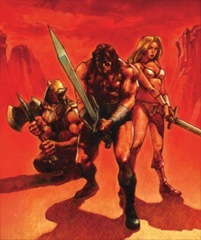 Classes
Classes- All standard player classes are allowed. However, due to the harsh nature of Garhelm and the savage life that most lead, any race can multi-class with barbarian without experience point penalty. [I did this because I wanted the PCs to be a bit beefier than normal. In part because of the weapon restrictions (see below) and also because I wasn’t planning on pulling any punches. Plus, barbarians are cool. This rule didn’t quite work, and I later amended it. That will likely be in the next post.]
Settlements
- There are no large nations in Garhelm; most are city-states at best, separated by great expanses of wilderness. [Now known as a “points of light” style setting. I always liked the scenes in Conan the Barbarian of the heroes running across the land to get to a city and the wonders they found once they got there.]
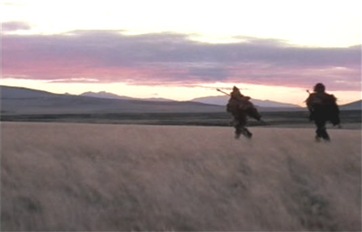
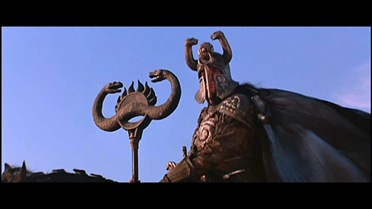
- During the Second Age, amongst the chaos, metal became a rare commodity, even more so those who are skilled in crafting it. The same holds true in the Third Age.
- Bronze is the only metal moderately available, but is very precious. All bronze weapons and armor cost twice the listed book price. Bronze weapons suffer a –1 penalty to both attack and damage rolls. See The Arms and Equipment Guide for more rules concerning weapons and armor. [This is one of the “small tweaks” that came back to haunt me. It made things unnecessarily complex (although it seemed simple enough at the time). Perhaps “complex” isn’t the right term, but in hindsight, it’s not much fun to have the default campaign weapons give you a penalty. My initial thought was to simply give steel weapons a +1, etc. and that way they would sort of be the equivalent of a magic weapon. That is, I was going to give bonuses for steel weapon rather than penalties for non-steel weapons. Then I cracked open the A & E Guide and decided to go by the book, figuring wiser men than I had made the rule for a reason. This was part of my learning to trust my own insight over an official rulebook. Years later, I picked up Ancient Kingdoms: Mesopotamia, which handled this much better than the A & E Guide. In a little side blurb entitled “The Riddle of Steel” (I kid you not), the author suggests the following adjustments for weapons in this kind of setting: Wood, bone, or stone: –1, copper +0, bronze +1, iron +2, steel +3. Any masterwork or magic bonuses simply stacked with those. If I revive Garhlem, that is how I will handle it.]
- Steel, called Godmetal, is considered priceless and steel items are not normally for sale. Items of steel, particularly weapons and armor, are considered great treasures and signify wealth and status.
- Blacksmiths are held in high regard and are treated as elders in villages, towns, and cities. They are seen as priests who work the Godmetal. Finding metal, particularly steel, is considered a blessing from the gods.
- Each character has a Reputation score, based upon the article “Fantasy Reputation” in ENWorld Player’s Journal #3.
- A character gains a +1 Reputation bonus at each level and may earn extra bonuses to
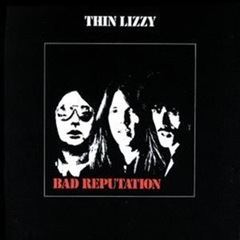 Reputation for specific actions that are widely publicized. Such awards are special occasions given at the DM’s discretion, and should be noted on the character’s sheet under the Reputation section and in the List of Deeds. [The ENworld Player’s Journal article was neat and all (basically taking a d20 Modern concept and making it work in traditional D&D), but in general it was kind of a pain to track and never really amounted to much. Perhaps it would have if the campaigns lasted longer, but in hindsight, this kind of thing is best left to role-playing rather than mechanics.]
Reputation for specific actions that are widely publicized. Such awards are special occasions given at the DM’s discretion, and should be noted on the character’s sheet under the Reputation section and in the List of Deeds. [The ENworld Player’s Journal article was neat and all (basically taking a d20 Modern concept and making it work in traditional D&D), but in general it was kind of a pain to track and never really amounted to much. Perhaps it would have if the campaigns lasted longer, but in hindsight, this kind of thing is best left to role-playing rather than mechanics.]
- Although the world of Garhelm has recovered a great deal, it is still somewhat primitive. No item above the Bronze Age category listed in The Arms and Equipment Guide is normally available. [The A & E Guide was helpful in this regard.]
- The people of Garhelm do employ coinage, but barter is also often used.
